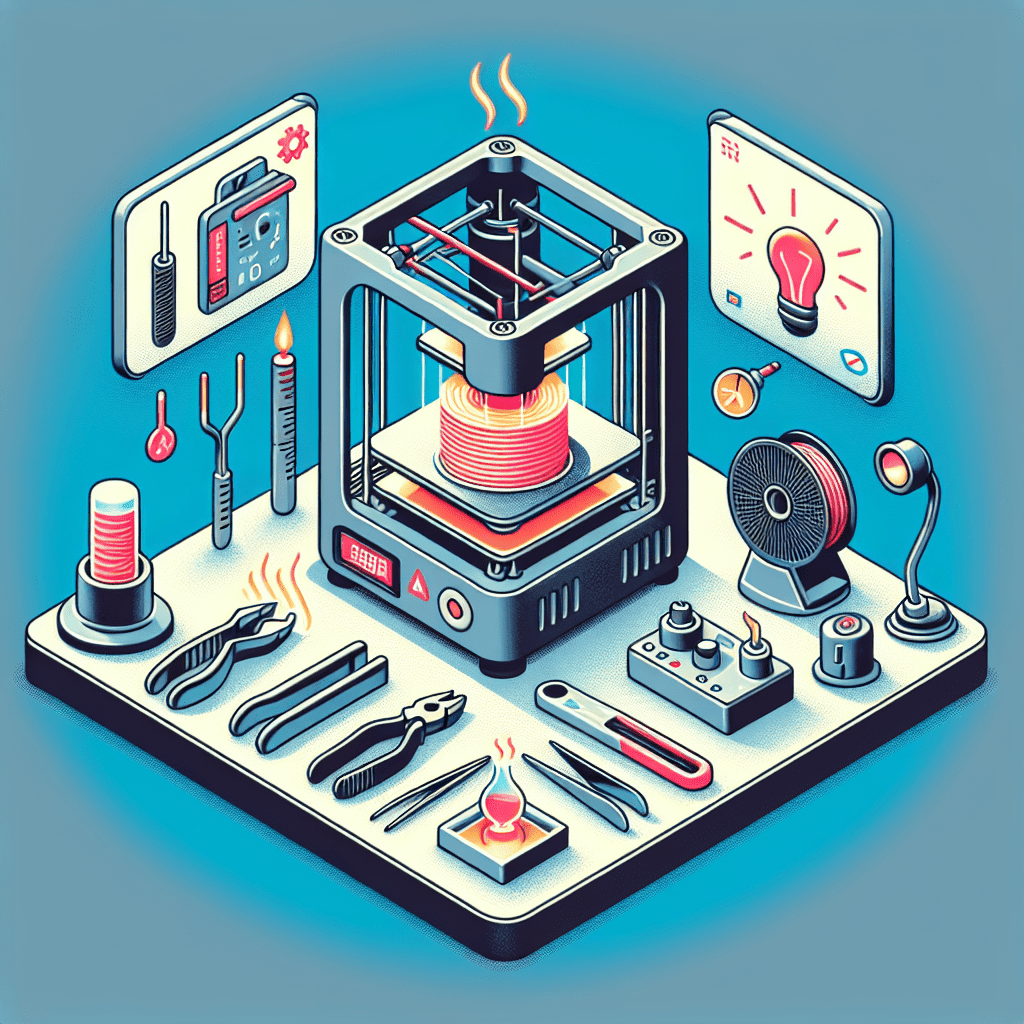Table of Contents
Introduction
3D printing has revolutionized the way we prototype and manufacture parts, allowing for rapid prototyping and customization like never before. However, one of the challenges that come with 3D printing is ensuring that the filament used is dry and free from moisture to produce high-quality prints. In this article, we will discuss the importance of drying 3D printer filament, as well as tips and tricks for successfully doing so.
Importance of Drying 3D Printer Filament
Most 3D printer filaments, such as ABS, PLA, and PETG, are hygroscopic, meaning that they absorb moisture from the air. When filament absorbs moisture, it can lead to a number of issues during printing, including:
– Poor adhesion between layers
– Warping and cracking of printed parts
– Popping and bubbling during printing
– Decreased strength and durability of printed parts
To prevent these issues, it is important to ensure that your filament is dry before using it in your 3D printer. This can be done by properly storing your filament in a dry environment and using a filament dryer or desiccant to remove any moisture that has been absorbed.
Tips and Tricks for Successfully Drying 3D Printer Filament
1. Store Filament Properly: The first step in ensuring that your filament stays dry is to store it properly. Keep your filament in a sealed container or bag with a desiccant pack to absorb any moisture that may be present in the air.
2. Use a Filament Dryer: If you suspect that your filament has absorbed moisture, you can use a filament dryer to remove it. Filament dryers work by heating the filament to a specific temperature to evaporate any moisture that may be present. This can help restore the quality of your filament and improve the overall printing experience.
3. Bake Filament: If you do not have a filament dryer, you can also bake your filament in an oven to remove moisture. Place the filament on a baking sheet and heat it in the oven at a low temperature (around 50-60°C) for a few hours. Make sure to monitor the temperature closely to avoid melting the filament.
4. Use Desiccant Packs: Desiccant packs are small packets that contain a drying agent, such as silica gel, that can absorb moisture from the air. Place desiccant packs in your filament storage container or bag to help keep your filament dry.
5. Avoid Humid Environments: Keep your 3D printer and filament storage area in a dry environment to prevent moisture from affecting your prints. Avoid storing filament near windows or in basements where humidity levels may be higher.
6. Check Filament Quality: Before using your filament, inspect it for any signs of moisture, such as bubbling or popping during printing. If you notice any issues, consider drying the filament before use to prevent print quality problems.
7. Use a Filament Dehydrator: If you frequently have issues with moisture in your filament, consider investing in a filament dehydrator. These devices are specifically designed to remove moisture from the filament and can help improve print quality.
Conclusion
Ensuring that your 3D printer filament is dry is essential for producing high-quality prints. By following the tips and tricks outlined in this article, you can improve the overall printing experience and prevent issues caused by moisture absorption. Remember to store your filament properly, use a filament dryer or desiccant, and inspect your filament for signs of moisture before use. By taking these steps, you can achieve consistent and reliable prints with your 3D printer.
FAQs
How do I know if my filament has absorbed moisture?
Signs that your filament has absorbed moisture include popping or bubbling during printing, poor adhesion between layers, and warping or cracking of printed parts.
Can I dry filament in a food dehydrator?
While some people have had success using a food dehydrator to dry filament, it is not recommended as the temperature may be too high and could melt the filament. It is best to use a dedicated filament dryer or oven for drying filament.
How long should I bake my filament in the oven?
The time required to bake filament in the oven will depend on the type of filament and the amount of moisture present. Generally, baking filament at a low temperature (around 50-60°C) for a few hours should be sufficient to remove moisture.
Can I reuse desiccant packs for drying filament?
Yes, desiccant packs can be reused multiple times to help keep your filament dry. Simply place the desiccant packs in a sealed container with your filament to absorb any moisture that may be present.
What is the best way to store filament to prevent moisture absorption?
The best way to store filament is in a sealed container or bag with a desiccant pack to absorb moisture. Keep your filament in a dry environment away from windows or basements where humidity levels may be higher.
